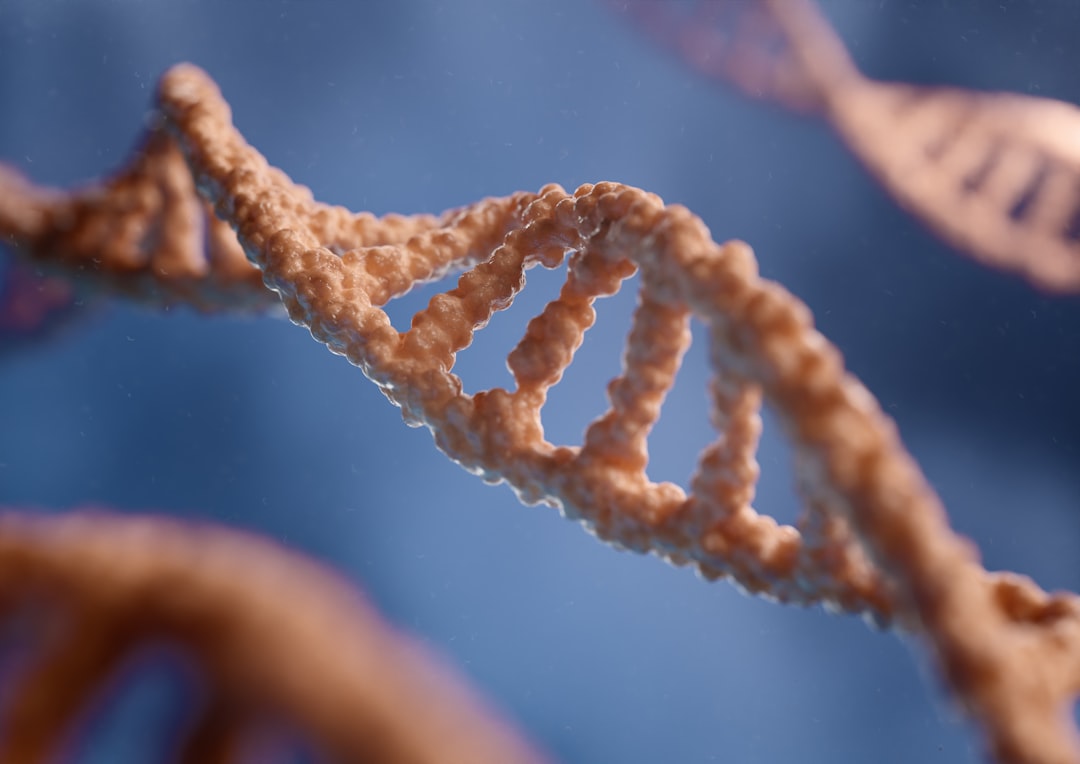Kaiju, the colossal creatures that have captured the imagination of audiences worldwide, represent a unique blend of myth, science fiction, and cultural commentary. Originating from Japan, the term “kaiju” translates to “strange beast,” and it encompasses a wide range of gigantic monsters, from the iconic Godzilla to lesser-known entities. These titanic beings often serve as metaphors for humanity’s fears and aspirations, reflecting societal anxieties about technology, nature, and the unknown.
As you delve into the world of kaiju, you will discover not only their thrilling battles and destructive rampages but also the deeper meanings they convey. The allure of kaiju lies in their sheer size and power, which evoke a sense of awe and terror. They are often depicted as forces of nature, unstoppable and indifferent to human concerns.
This duality makes them fascinating subjects for exploration in film, literature, and art. As you engage with kaiju narratives, you will find that they challenge your perceptions of heroism and villainy, blurring the lines between good and evil. The stories surrounding these creatures invite you to reflect on your relationship with the world around you and the consequences of human actions.
Key Takeaways
- Kaiju are giant monsters from Japanese science fiction, often depicted as destructive forces of nature.
- Kaiju have unique anatomy and physiology, with some possessing regenerative abilities and others having natural weapons like claws and breath weapons.
- Behavioral characteristics of Kaiju vary, with some being solitary and others forming packs or herds.
- Kaiju have evolved to adapt to various environments, such as aquatic, terrestrial, and even outer space.
- The evolutionary history of Kaiju is often shrouded in mystery, with some theories suggesting extraterrestrial origins.
Anatomy and Physiology of Kaiju
Understanding the anatomy and physiology of kaiju is essential to appreciating their role in storytelling. These creatures are often designed with exaggerated features that emphasize their monstrous nature. You might notice that many kaiju possess immense strength, thick skin, and formidable appendages, which allow them to wreak havoc on cities and engage in epic battles with other monsters.
Their size often necessitates unique adaptations, such as specialized respiratory systems to support their massive bodies or regenerative capabilities that enable them to recover from injuries quickly. In addition to their physical attributes, kaiju often exhibit extraordinary abilities that set them apart from ordinary creatures. For instance, some kaiju can unleash devastating energy blasts or manipulate elements like fire or ice.
These powers not only enhance their threat level but also serve as narrative devices that propel the story forward. As you explore the anatomy of various kaiju, you will find that each creature is a product of its environment and the themes it represents, making them rich subjects for analysis.
Behavioral Characteristics of Kaiju

The behavioral characteristics of kaiju are as diverse as their physical forms. While some kaiju are portrayed as mindless destroyers, others exhibit more complex behaviors that hint at intelligence or emotional depth. You may observe that certain kaiju display territorial instincts, engaging in fierce battles to defend their domains against intruders.
This aspect of their behavior can mirror real-world animal instincts, allowing you to draw parallels between kaiju and the natural world. Moreover, kaiju often interact with humans in ways that reveal their motivations and desires. Some may act as protectors of nature, responding to human encroachment with aggression, while others may be driven by revenge or a quest for dominance.
As you analyze these behaviors, consider how they reflect broader themes of coexistence and conflict between humanity and nature. The complexity of kaiju behavior invites you to question your assumptions about monsters and their roles in our world.
Environmental Adaptations of Kaiju
| Kaiju | Environmental Adaptations |
|---|---|
| Godzilla | Ability to survive in extreme radiation and underwater environments |
| Mothra | Adaptation to fly long distances and survive in harsh climates |
| King Ghidorah | Ability to thrive in low oxygen environments and withstand extreme temperatures |
| Gamera | Adaptation to survive in volcanic areas and ability to fly at high speeds |
Kaiju are not merely products of imagination; they are often depicted as being intricately tied to their environments. Their adaptations to specific ecosystems can provide insight into their origins and behaviors. For instance, a kaiju that emerges from the ocean may possess features suited for aquatic life, such as gills or webbed limbs.
Conversely, a creature that inhabits mountainous regions might have adaptations for climbing or burrowing. As you explore these environmental connections, you will gain a deeper appreciation for how kaiju embody the relationship between living beings and their habitats. The environmental adaptations of kaiju also serve as a commentary on ecological issues facing our planet today.
Many kaiju narratives highlight the consequences of environmental degradation and human exploitation of natural resources. By examining how these creatures respond to changes in their surroundings, you can reflect on the impact of climate change and habitat destruction on real-world ecosystems. This connection between kaiju and environmental themes enriches your understanding of their significance in contemporary storytelling.
Evolutionary History of Kaiju
The evolutionary history of kaiju is a fascinating topic that invites speculation about their origins and development over time. In many narratives, kaiju are portrayed as ancient beings that have existed long before humanity, suggesting a deep-rooted connection to the Earth’s history. You might find it intriguing to consider how these creatures could have evolved in response to environmental pressures or cataclysmic events, adapting to survive in a world shaped by geological forces.
As you explore the evolutionary aspects of kaiju, consider how they reflect humanity’s own fears about extinction and survival. The idea that these monsters could outlast us serves as a reminder of our vulnerability in the face of nature’s power. Additionally, the concept of evolution can be tied to themes of adaptation and resilience, encouraging you to think about how both humans and kaiju navigate challenges in their respective worlds.
Influences of Real-world Animals on Kaiju Design

The Power of Hybridization
This blending of characteristics allows for a diverse range of designs that resonate with audiences on multiple levels. By incorporating elements from real animals, kaiju designers create creatures that feel both familiar and otherworldly. This connection to the natural world enhances your engagement with these monsters, as you can relate them to existing species while still recognizing their fantastical qualities.
Exploring the Boundaries of Reality and Imagination
Furthermore, this interplay between reality and imagination invites you to consider how our understanding of biology influences our perceptions of what constitutes a monster. By examining the design of kaiju, you may find yourself pondering the boundaries between the natural and the fantastical, and how these creatures challenge our understanding of the world around us.
The Enduring Appeal of Kaiju
Ultimately, the inspiration drawn from real-world animals is a key factor in the enduring appeal of kaiju. By combining the familiar with the unknown, kaiju designers create creatures that captivate audiences and inspire the imagination.
Psychological Impact of Kaiju on Human Characters
The presence of kaiju in narratives often has profound psychological effects on human characters. You may find that these monsters evoke fear, awe, or even admiration among those who encounter them. The emotional responses elicited by kaiju can serve as catalysts for character development, pushing individuals to confront their own fears or reevaluate their values.
As you explore these dynamics, consider how characters’ relationships with kaiju reflect broader themes of courage and vulnerability. Moreover, the psychological impact of kaiju can extend beyond individual characters to society as a whole. In many stories, the emergence of a kaiju prompts collective responses from communities and governments alike.
You might observe how fear can lead to panic or irrational decision-making while also inspiring unity in the face of adversity. By examining these societal reactions, you can gain insight into how humans grapple with existential threats and the ways in which they seek to reclaim agency in chaotic situations.
Creating Emotional Connections with Kaiju
One of the most compelling aspects of kaiju narratives is their ability to forge emotional connections between monsters and humans. While these creatures are often depicted as destructive forces, there are instances where they exhibit vulnerability or complexity that resonates with audiences on a deeper level. You may find yourself empathizing with a kaiju’s plight or rooting for its survival against overwhelming odds.
This emotional engagement adds layers to the storytelling experience. Creating emotional connections with kaiju involves exploring their motivations and backstories. When a kaiju is portrayed as a misunderstood creature rather than a mere antagonist, it invites you to reconsider your preconceived notions about monsters.
By humanizing these beings through shared experiences or struggles, narratives can foster empathy and understanding between species. As you engage with these stories, reflect on how your perceptions of good and evil can shift when viewed through the lens of emotional connection. In conclusion, the world of kaiju is rich with complexity and depth that extends far beyond mere spectacle.
From their anatomy and behavior to their environmental adaptations and psychological impacts on human characters, these colossal beings offer a wealth of themes for exploration. As you immerse yourself in kaiju narratives, consider how they challenge your understanding of nature, humanity, and the intricate relationships between them. Through this journey, you will not only appreciate the artistry behind kaiju design but also gain insight into your own fears, aspirations, and connections with the world around you.
